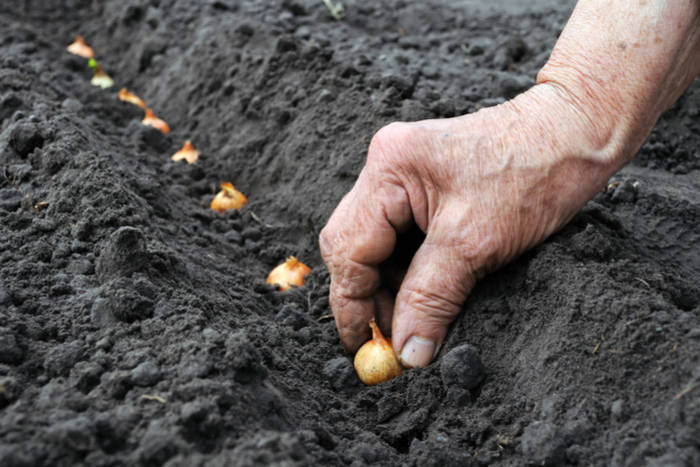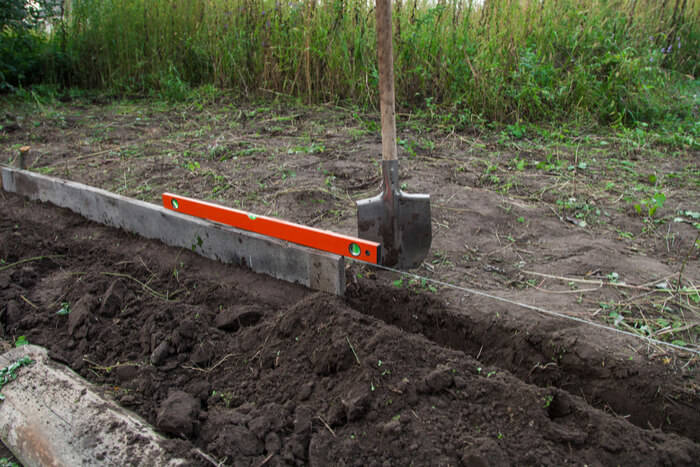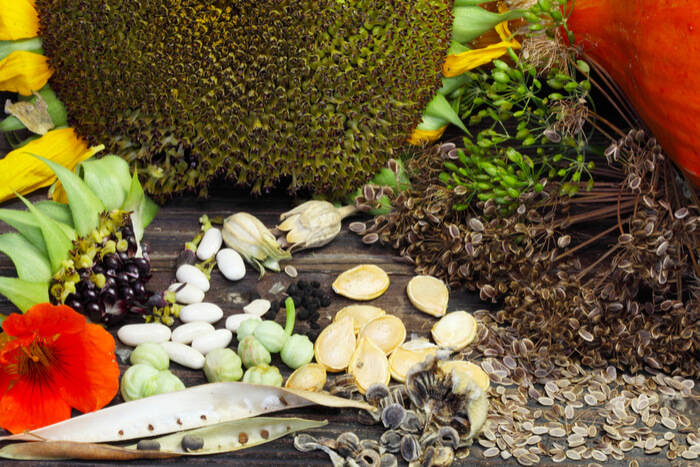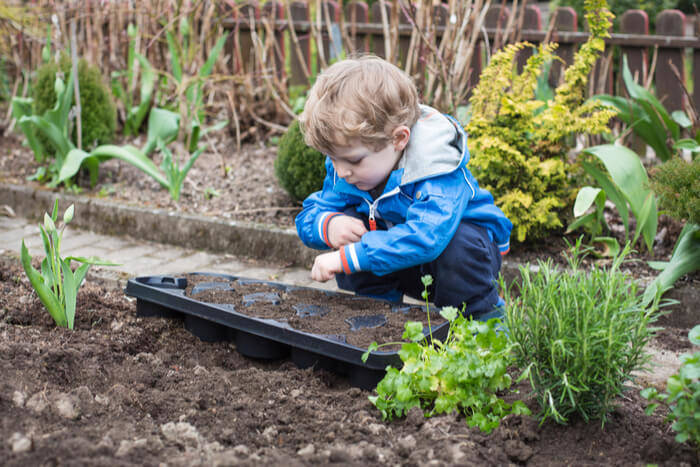The hardest part of any activity is taking the first step. Even if you have always wondered how to start a vegetable garden, it can feel like an uphill battle to start. While it is true there are a lot of things to think about, it doesn’t have to feel like a chore! In this article, we will walk you through how to create your own edible garden right in your own backyard! Stay tuned to find out what you have to look forward to!

Veggie Gardening
Pick Your Plot
The first and most important thing to do when starting your vegetable garden is picking your plot. There are a few things to consider, including sunlight, soil, zone, and personal preference. When deciding to start growing veggies, these are the 4 things you must reflect on.
- Sunlight – How much sun do vegetables need? The answer varies, but we feel safe saying that almost all veg like to have at least 6 hours of sun. That amounts to full sun, and you want to make sure the plot by your shed can handle it.
- Soil – The quality of the soil determines the quality of your edibles. If you aren’t sure about your dirt, you can perform a soil test. These are available at your local home improvement store or online.
- Zone – It is important to know which hardiness zone you are located in. This determines when you should start planting each and every seed or seedling. It can also help you make your final choices on what veggies you can best grow.
- Personal Preference – This refers to what you like to eat. Although your tastes may run basic, try to pick out plants that you can’t find at your own supermarket or farmer’s market. Who knows, maybe you can even sell yours someday!
Plan Your Plot
Both picking and planning should be done before you start your seeds. In this way, you aren’t wasting money by purchasing too many and you aren’t going to wish you had purchased more. In fact, planning your wooden shed plot may be the greatest deciding factor in how many seedlings you need.

There are many different ways you can plan your plot, and rarely is one better than the other. The most vital things to figure out are the spacing, location, and size of the beds and vegetables. When thinking about where to locate your edibles, take their final size into consideration. Here and here are a couple of resources that can help.
Create a Compost Pile
Composting may seem dirty, gross, or downright disgusting to those new to gardening. That’s okay! The concept does seem a bit strange, but once you taste the vegetables that grow out of it you will change your tune!
There are plenty of different ways to do this. You can compost in your kitchen, you can compost in a trash bin, you can compost in a pile outside, you can compost using worms. There are even little smell-proof balls you can put your stuff in and roll around to mix it. If you already have a bed, simply mix your compost right in there!
Start Your Seeds
There are 2 different kinds of vegetables: warm-season and cold-season. Warm-season edibles should be started before spring, with the assistance of a grow light. The key is to know when the last frost in your area usually hits. This determines when you should start your summer garden seeds. Cold-season can be planted directly into the ground.
The best way to start your seeds is to use biodegradable containers. That way, you can place them directly into the ground when you do your final planting. Try using equal parts of perlite and vermiculite, then combining that mixture with sorghum peat moss. For those wanting the least amount of work, you can buy complete starter kits.

Build Your Soil
To yield the best results from your garden, you will want to take the time to build up the soil. You can do this when you start your seeds, or even a month or two before. Just take care to keep adding nutrients if you begin this process early.
One great way to build your soil is by adding earthworms to it. If you decide to do this, wait until you have already tilled the area, or built your raised bed. If you don’t want to use real earthworms, their poop works just as well! This is called worm castings and you should apply them when you are tilling the area or preparing your raised bed.
Tools You Need to Start Your Vegetable Garden
Although some people go overboard on purchasing tools, we think there are only a few basics you must have when learning how to start a vegetable garden. The best part is, you can keep all of these and more in your conveniently close wooden shed!
- Tiller – loosens and breaks up the grass, roots, and soil
- Trowl – perfect for digging holes too small for a shovel
- Garden rake – great for removing rocks and creating level beds
- Hoe or stirrup hoe – removes weeds
Time the Planting
How do you know when to plant your seedlings? Many times the seeds themselves will have a suggested soil temperature printed on the label. If not, you can always check online. Even frost resistant plants need a soil temperature above freezing to grow properly.

Mulch
After planting your seedlings in the ground, it is extremely important to mulch. You can do this with old leaves, grass clippings, straw, or store-bought mulch. We encourage the use of organic mulch.
The purpose of mulching keeping the soil moist and the worms close to the top. It also prevents the seeds of weeds from getting enough sunlight to grow roots and sprout. Mulch also keeps your greenery green and free from dirt splatter.
For all of your garden building needs, check out the brand we trust most – Pineca.
